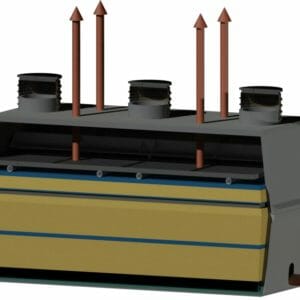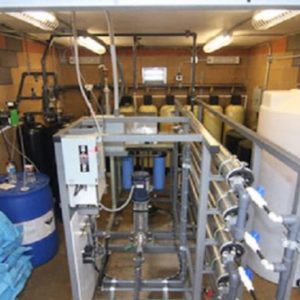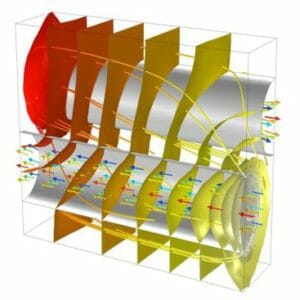Subtotal: $75.00
E – 1583 Seismic Restraints of Ducts and Pipes
$175.00
Courses Included
Earthquakes are more likely to occur in some parts of the world than others. When buildings are constructed in areas where seismic activity is likely to occur the building codes and standards require seismic bracing of ducts and pipes. The selection and specification of products for installation of mechanical equipment in seismic zones requires some basic understanding of how the installation of ducts and pipes needs to be implemented.
This course discusses some fundamental basics of how to attach duct and pipe to a building to minimize earthquake damage. There are many attachment examples shown in the source document for this course including anchoring and the use of special devices called seismic restraint devices. This course and the source document do not supersede code requirements; however, it provides a good fundamental basis for understanding the practical requirements for installing mechanical equipment requiring seismic bracing. Users of the information in this course and the source document assume all liability arising from such use.
Description
Earthquakes are more likely to occur in some parts of the world than others. When buildings are constructed in areas where seismic activity is likely to occur the building codes and standards require seismic bracing of ducts and pipes. The selection and specification of products for installation of mechanical equipment in seismic zones requires some basic understanding of how the installation of ducts and pipes needs to be implemented.
This course discusses some fundamental basics of how to attach duct and pipe to a building to minimize earthquake damage. There are many attachment examples shown in the source document for this course including anchoring and the use of special devices called seismic restraint devices. This course and the source document do not supersede code requirements; however, it provides a good fundamental basis for understanding the practical requirements for installing mechanical equipment requiring seismic bracing. Users of the information in this course and the source document assume all liability arising from such use.
- How to install ducts for seismic applications;
- How to install pipes for seismic applications;
- Duct bracing selection;
- Suspended rectangular duct bracing;
- Suspended round duct bracing;
- Floor-mounted duct bracing;
- Roof mounted duct bracing;
- Wall mounted duct bracing;
- Duct penetration bracing;
- Duct bracing details;
- Pipe bracing selection;
- Suspended piping bracing;
- Floor mounted piping bracing;
- Roof mounted piping bracing;
- Wall mounted pipe bracing;
- Piping penetration bracing;
- Pipe bracing details;
- Suspended equipment;
- Anchors;
- Special cases;
- Seismic terminology.


 E - 1115 Sharp-Crested Weirs for Open Channel Flow Measurement
E - 1115 Sharp-Crested Weirs for Open Channel Flow Measurement 



